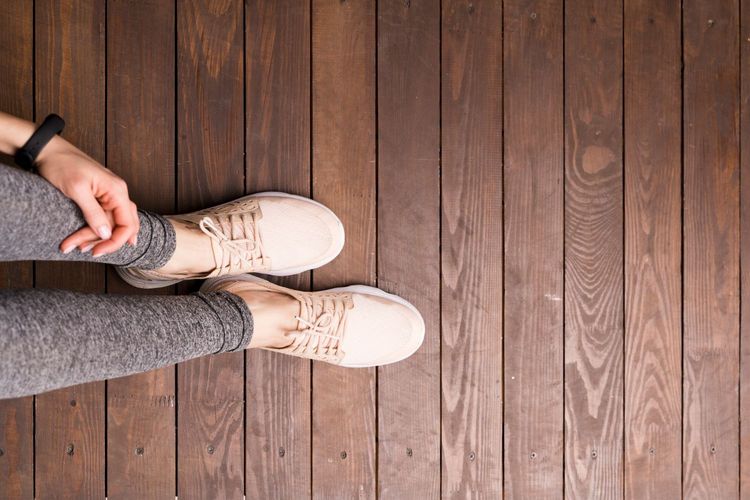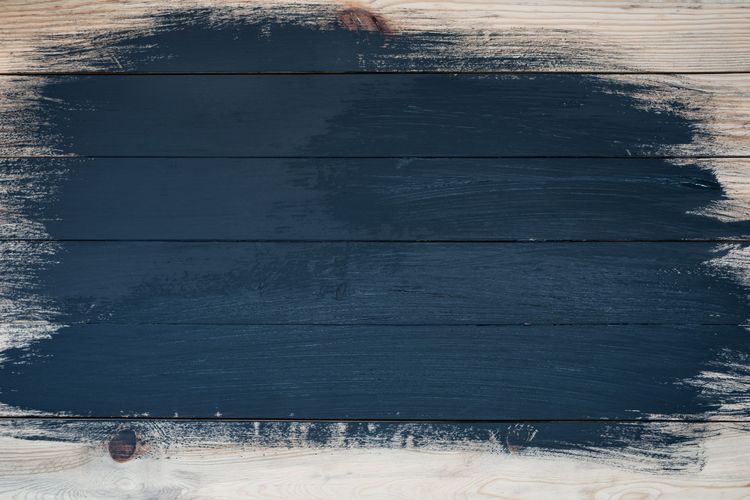All about the moisture content of the floorboard before installation
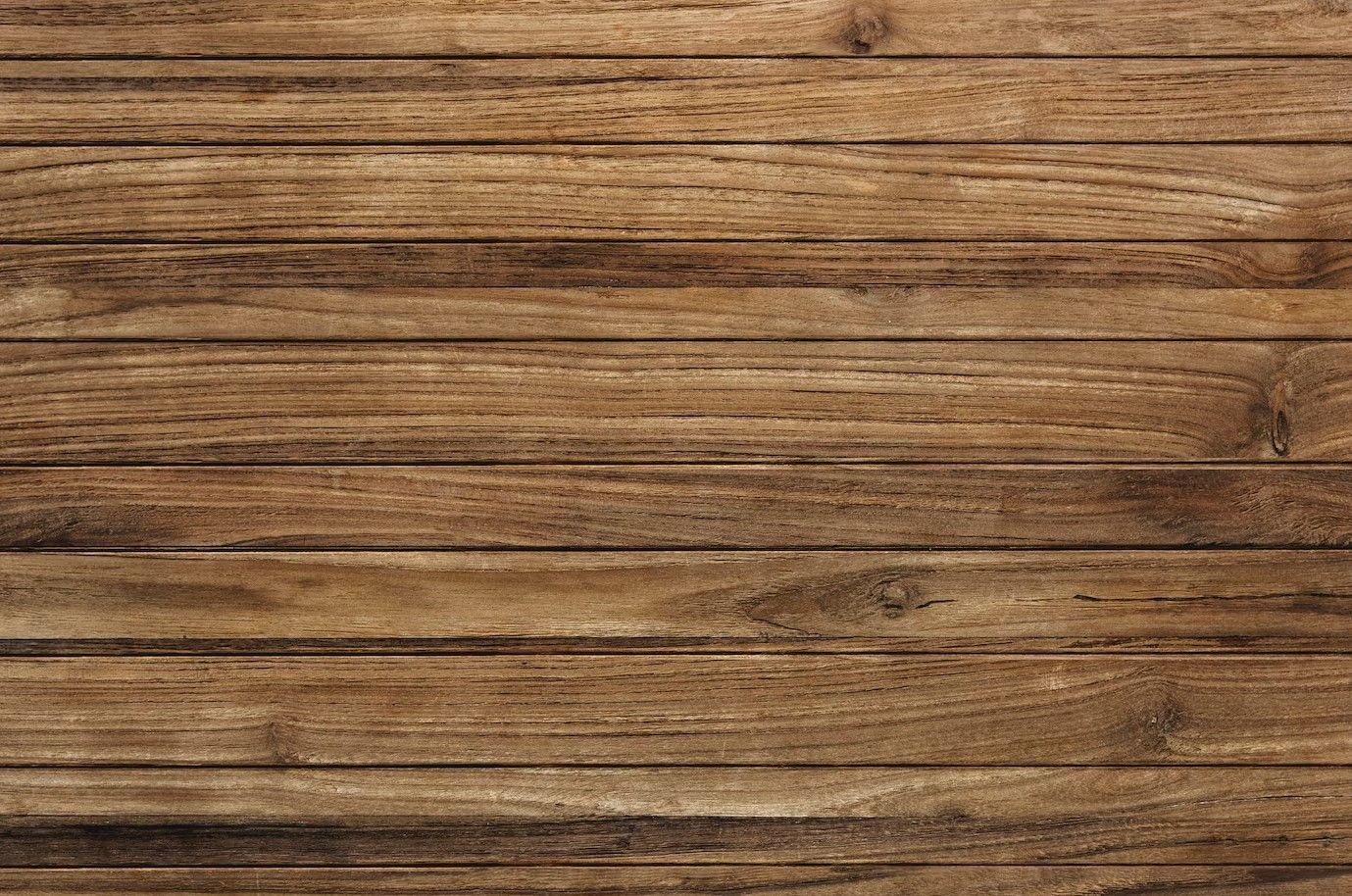
Before laying a floor board, it is important to consider the level of its humidity, as this directly affects the durability and stability of the flooring. Incorrect moisture level can lead to deformation of boards, cracks or gaps. In this article we will consider in detail what role the moisture content of a floor board plays, how to measure it and what parameters are considered optimal for successful installation.
What is chamber drying of wood
Chamber drying is a method of artificial drying of wood in specially equipped chambers, where optimal conditions for temperature and humidity control are created. Under such conditions, wood quickly and evenly loses excess moisture, preserving its mechanical properties and reducing the likelihood of deformation during use. This method achieves a stable moisture content, which is especially important when using wood for flooring.
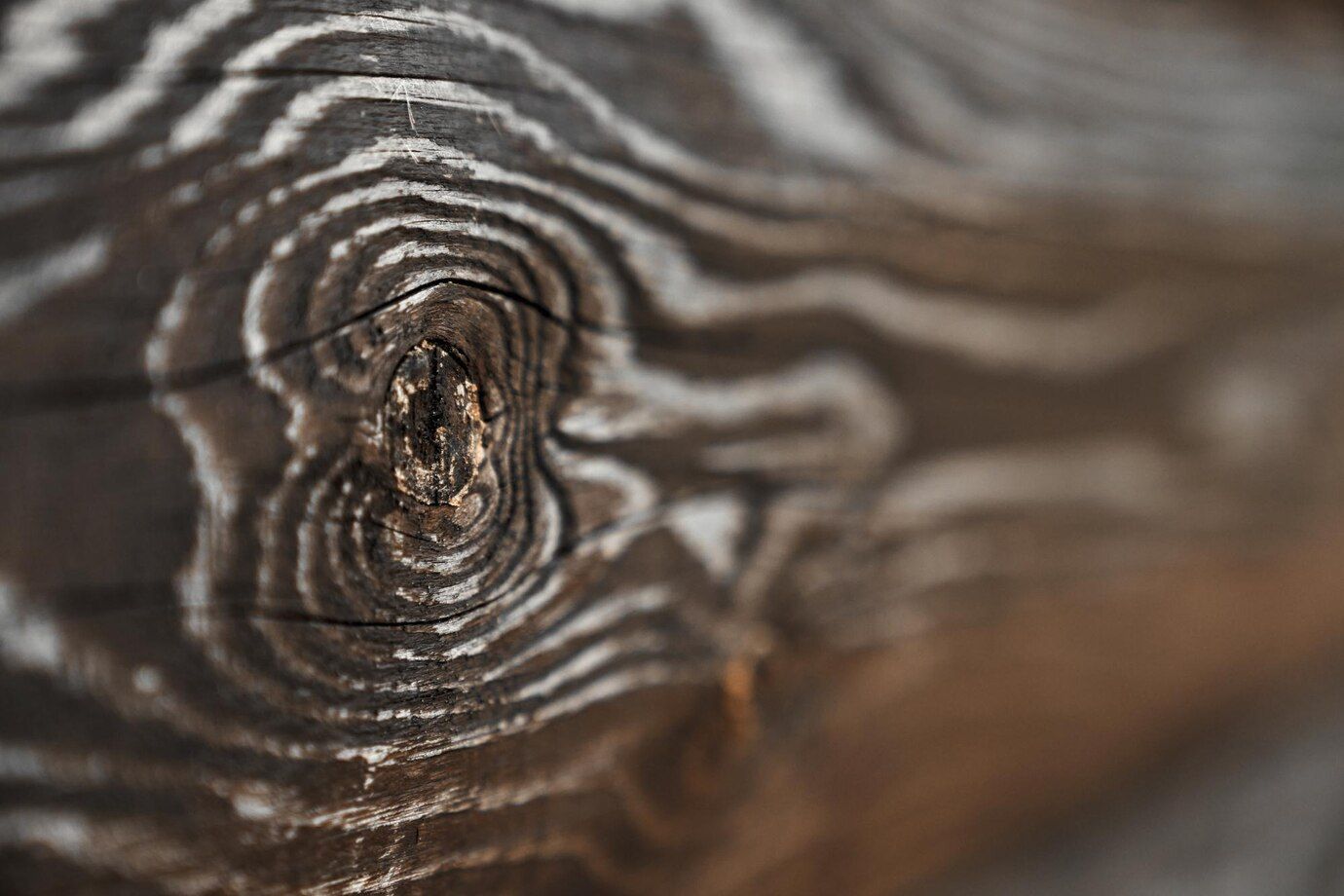
Advantages of chamber drying
- Moisture control. Chamber drying allows you to precisely control the moisture level, which ensures better stability of the wood in future use.
- Acceleration of the process. Unlike natural drying, this method significantly reduces the drying time of the material.
- Minimization of defects. Thanks to controlled conditions, the risk of cracks, warping and other wood defects is reduced.
- Increased strength. Chamber-dried boards retain their mechanical properties, making them stronger and more durable for use as flooring.
General information on the moisture content of floorboards
The permissible moisture content of a floorboard when purchased is usually between 12% and 16%, depending on the species of wood. However, this figure should not exceed 8% when laying. To achieve the desired moisture level, the ends of the packages are slightly opened and the boards are allowed to lie for about 14 days to adapt to the room conditions. After that, measurements are taken with the help of a moisture meter, and only after confirming the optimal values can proceed to installation.
Humidity on the example of a planed board
The most important parameter for the planed board is the moisture level, which affects its behavior after installation. The optimum moisture content for this type of wood should be between 8% and 20%, depending on its thickness and width. The larger the size of the board, the higher the moisture level allowed. However, in order to avoid further cracking or warping, it is recommended to dry the material to a moisture content of 8-10% before laying. This will ensure maximum stability and durability of the coating.
Before starting installation, experts advise to keep the planed board for a few days in the room where it will be laid. This is important for the wood to “acclimatize” and accept the moisture characteristic of the specific conditions of the room. This way, the board will be better adapted to changes in the humidity of the room and will not be subject to severe shrinkage or swelling after installation. This step avoids problems associated with changes in the geometry of the floor, such as gaps between boards or swelling.
Pros of wood flooring
- Excellent heat and sound insulation properties.
- High strength and durability.
- Environmental friendliness - natural wood is safe for health, does not emit harmful substances.
- Affordable cost compared to other wooden coverings.
- Ease of maintenance, which makes it practical in everyday use.
- A wide range of sizes and designs.
- Ability to create a comfortable and favorable microclimate in the room.
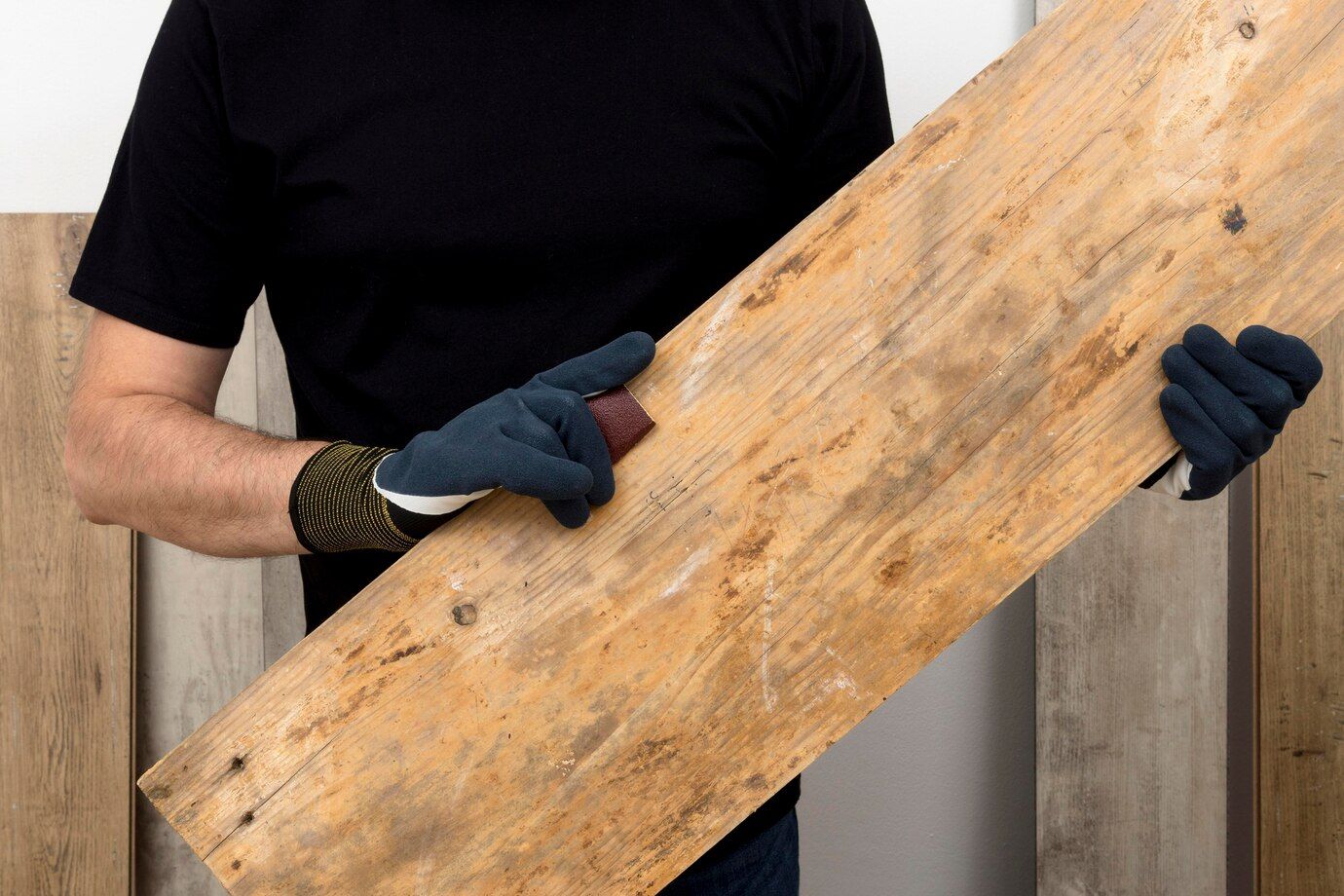
Dimensions
Floorboards have different dimensions, and from these parameters depend on the important performance characteristics of the future covering. Let's consider the main indicators and understand what to pay attention to when choosing.
Thickness of the floor board
Thickness is a key factor that affects the durability and strength of the floor. The range on the market varies from 20 to 70 mm. Thickness of 35-40 mm is considered optimal for residential premises. The choice of thickness also depends on the pitch between the lags: the less frequently the lags are installed, the thicker the board should be. Usually, the lags are installed with a pitch of 50-60 cm. Increasing the pitch can reduce the cost of the construction, but the risk of floor squeaking increases, which negatively affects comfort. It is worth remembering that excessive savings can lead to additional costs in the future.
Width of the floor board
The width of the board affects the number of longitudinal joints: the fewer joints, the easier the installation will be. Standard sizes vary from 80 to 135 mm, but you can find wider boards - up to 170 mm. For living rooms, a width of 90 to 115 mm is considered optimal, as it provides a balance between ease of installation and aesthetics.
Floorboard length
The length of the board does not directly affect the technical characteristics, but the longer the board, the fewer will be the joints, which can improve the appearance of the coating. On sale you can find boards with lengths from 3 to 6 meters. If the length of the boards does not match the size of the room, the joints can be staggered, which will give the floor an original and attractive look.

